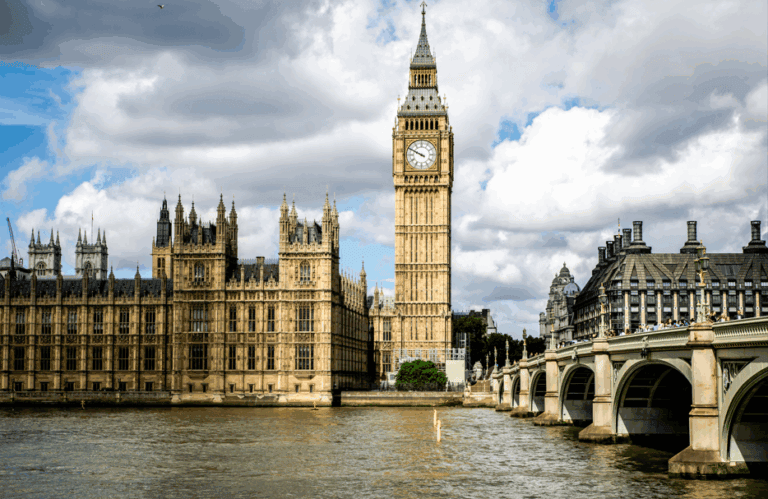What the Government's Carbon Budget Delivery Means for the Built Environment

Last month, the UK Government published its new Carbon Budget Delivery Plan (CBDP) – the most detailed attempt yet to map how past, present and future climate policies, combined with rapidly falling clean-tech costs, could close the gap in the UK’s carbon targets for the 2030s. For our sector – which needs policy certainty to unlock investment – the plan reinforces existing focus and hints at action in some areas where faster delivery is now essential.

Heating: Progress on standards, but the hard work still ahead
Heating remains the second-largest source of UK emissions, and the plan reiterates what we already know: we cannot meet our climate targets without phasing out fossil heating and scaling heat pumps. The CBDP shows that the transition away from gas boilers is still moving far too slowly (we need to go from around 84,000 heat pumps installed today to 2.5 million by 2030 and 9.3 million by 2035), but the government has chosen not to pursue a 2035 gas boiler phase-out, instead relying on incentives and consumer choice. They made positive (re)commitments to the boiler upgrade scheme, increased public engagement on heat pumps, and an acknowledgement that the high price of electricity vs gas is a big barrier. The forthcoming Warm Homes Plan will be crucial – it must set out how government will cut electricity costs, build the skilled workforce, and support households and businesses through the transition.
Cutting electricity costs: A major shift in government positioning
For the first time, the government has explicitly recognised that electricity prices must fall if we are to electrify heat, transport, and industry at the pace required. This is a major and welcome shift, and potentially transformative for the built environment: lower electricity prices would make heat pumps, building electrification and clean industrial processes dramatically more attractive. However, it’s now down to effective delivery of this in this parliament to determine whether green heating technologies become mainstream or continue along the incremental growth trajectory.
Whole Life Carbon: A signal that regulation is coming?
The CBDP includes the clearest government commitment yet to tackling the embodied carbon of buildings and materials which signals it will encourage Whole Life Carbon Assessments, develop a Circular Economy Strategy, explore incentives to use existing buildings more efficiently, and integrate circularity into planning and development processes. All encouraging moves for addressing 25% of UK carbon emissions from construction materials, this is long-awaited progress, but the real test will be ensuring this has some impact.
Industry & Resources: Lacking in clarity
Heavy industry can deliver major emissions cuts through electrification, hydrogen, and demand for low-carbon materials, but the plan offers little detail on how government will support this transition. We need to see a circular economy strategy, low-carbon steel strategy, a response to the low carbon products consultation, and indication that the cost of electricity will come down to make industrial decarbonisation feasible.
From plan to delivery
The CBDP demonstrates a seriousness of intention and a more comprehensive understanding of the challenges and opportunities ahead. It rightly frames climate action as an engine of economic growth, job creation, and improved living standards, but the proof will now be in the delivery of this plan at the scale and pace required. To do this requires engagement with industry – through collaboration we can unlock investment, boost innovation, and deliver the warm, affordable, zero-carbon buildings that the UK needs.

Related
UKGBC responds to Kemi Badenoch’s speech on oil and gas expansion

UKGBC Responds to the Government’s new Biodiversity Net Gain Proposals

UKGBC at COP29

Three organisations and industry professionals join UKGBC’s Net Zero Carbon Buildings: A Framework Definition Update


